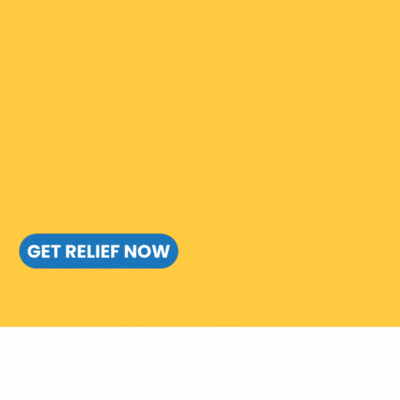By Susan Saldibar
I just got finished sharing the Dr. James Avery segment of the recent Aegis Therapies (a Senior Living Foresight partner) webinar with my family. I set it up on the kitchen table to facilitate as close to 6 feet apart as possible (there are 3 of us). It elicited a lightning round of questions and comments among us. It got so loud that my husband had to close the window. But that’s a good thing. Because it was the sound of accurate information being discussed and digested.
Exposing Truths and Dispelling Myths
We’re all hungry for good information these days, aren’t we? When we don’t get it, we tend to come to our own conclusions, which can lead to anything from paranoia to a c’est la vie attitude. Both are dangerous. That’s why we need to hear from people out in the field, like our therapists, who are living COVID-19 every day and, by doing so, are exposing truths and dispelling myths. This is unchartered territory. But some folks are better at navigating it.
Aegis has assembled a solid panel for this webinar in addition to Dr. James Avery. It includes Martha Schram, President and CEO of Aegis; Hilary G. Forman, Chief Clinical Strategies Officer; and Mark Besch, Chief Clinical Officer. Collectively, they cover virtually all touchpoints of COVID as it relates to individuals, residents/patients, and communities.
A Wealth of Information
I was originally going to do a deep dive into one of the many segments. But I realized that would take up more room than makes sense and I wouldn’t do it justice. So, instead, have a look at some of the key areas covered. It gives you an idea of the breadth of information included.
The clinical presentation of COVID-19. Some things you may not know about which droplets travel further and where COVID-19 sits on that spectrum.
- How to protect yourself. And, amazingly, you don’t have to lock yourself in a closet to do it. Dr. Avery gives some no-nonsense tips on staying safe that really make sense.
- Performing a comprehensive assessment for COVID-19 patients. This covers how to make sure you take the code status of each patient/resident into consideration to properly assess them. Details on mild/moderate, severe, and critical assessments are shared.
- Monitoring vital signs to provide safe interventions. Huge area with lots of detail covers what are the key vital signs and how often should you reassess.
- Understanding clinical best practice interventions. What should you be doing, at what level, and at what frequency?
- Identifying signs of a worsened medical condition. This is key in that COVID-19 can progress, often in minutes. Being able to quickly identify worsening pulmonary symptoms can make a life/death difference. Even a sudden lack of appetite could be a serious indicator.
- Finding and accessing COVID-19 resources. Lots of resources and links were shared. From the PowerPoint, you can access them directly.
Physical Activity Is so Important
As you can see, this is an information-packed session, so you’ll want to take some time with it. But what jumped out to me is that it is entirely possible (and, arguably, necessary) to continue to provide therapy during COVID-19. The benefits it brings to the physical and emotional wellbeing of residents can’t be overstated. Think about a resident who is unable to leave their room for weeks. How do you keep them from becoming even more sedentary and lose their already fragile levels of mobility?
This webinar is worth a watch for anyone out there who wants to refresh what they know and may not know during a very fluid, dynamic, and trying time. You tune into the webinar here.
For more information about Aegis Therapies, please visit their website.





